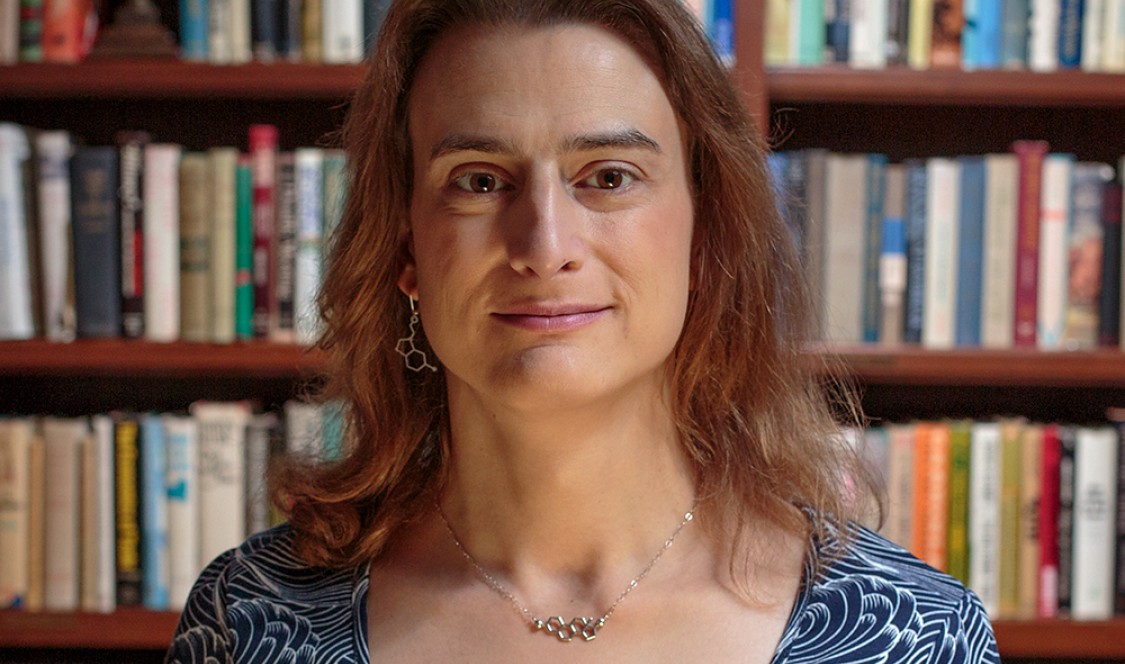Kicking off the 2017-2018 academic year with a $1.11 million grant might be an educator’s dream. Professor Nancy S.B. Williams and a cohort of 10 faculty members from liberal arts colleges around the nation are finding out how that feels thanks to a grant from the National Science Foundation awarded last month.
Williams, Associate Professor of Chemistry in the W.M. Keck Science Department, is part of the leadership for the Interactive Online Network of Inorganic Chemists, (IONiC), an effort initially spearheaded a decade ago by Adam Johnson, Professor of Chemistry at Harvey Mudd College. With the new funding, the group continues their mission to transform inorganic chemistry education and augment the way it’s taught at the college level.
“Inorganic chemistry is kind of ill-defined,” Williams said. “If we have one semester to teach this incredibly diverse course to our students, what should we cover? How do you approach this challenging, heterogeneous subject to students who may never study it again, and give them a legitimate taste of what is going on in this field?”
Williams noted that at many liberal arts colleges, typically only one professor teaches inorganic chemistry, making the challenge of finding and sharing teaching processes and techniques much more difficult.
Early on, the group created an information-sharing platform that they called the Virtual Inorganic Pedagogical Electronic Resource, or VIPEr (www.ionicviper.org). The website has since gathered hundreds of learning objects that can be filtered by category, activity type, and course level. More than a thousand faculty members are signed up to submit and share their assets.
IONiC will use the funds to even greater effect, sponsoring three cohorts of 20 inorganic chemistry faculty members at various workshops with the aim of helping inorganic chemistry pedagogy to evolve.
These workshops provide the community and network faculty members need to develop and implement learning processes like working in groups, worksheets, and learning from up-to-date readings and papers. The techniques, Williams explained, have been proven to enable learning, but also have other benefits. “We know active learning improves retention of material and engages students as scientists. It does better at fully including women, minorities, and other groups that have been traditionally underrepresented in STEM.”
The group will also use the grant to continue the robust programs it already has in place, like supporting undergraduate research by giving students the opportunity to present papers and talks annually at the spring American Chemical Society National Meeting. This program, called Undergraduates at the Frontiers of Inorganic Chemistry, has been underway for 10 years with the support of ACS’s Division of Inorganic Chemistry.
Finally, IONiC will continue funding a series of workshops that seek to advance mentorship and develop faculty in specific areas of inorganic chemistry. Faculty members meet with experts in the fields of inorganic chemistry they have targeted as being critical to their teaching expertise. The workshops, Williams explained, are “great faculty developing opportunities to meet people who are going to be mentors or potential collaborators.”
IONiC’s study of pedagogy has the potential to impact disciplines outside of inorganic chemistry. “If we can find what enables, empowers, facilitates, and catalyzes change in classrooms, that hopefully will translate to other types of classrooms,” Williams said. “If it turns out all you need is a community of people online at the same time, it’s easy to imagine how to scale and replicate that.”

